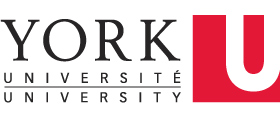What is RSS and why should I use it?
RSS stands for Really Simple Syndication. It’s an easy way for you to keep up with news and information that’s important to you, and helps you avoid the conventional methods of browsing or searching for information on websites. Now the content you want can be delivered directly to you without cluttering your inbox with e-mail messages. This content is called a “feed.” RSS is written in the Internet coding language known as XML (eXtensible Markup Language), which is why you see RSS buttons commonly labeled with these icons: ![]()
![]()
Watch RSS Video on YouTube
An RSS reader allows you to easily view new content from multiple web sites in a single interface. This new content may include:
- tables of contents from new issues of journals
- new articles on a specific topic from many journals and specialized databases (Scholars Portal, Web of Science, PubMed, Scopus etc)
- new books in YUL
- news in science, technology, business, health, etc. from Google, New York Times, BBC, etc.
Steps to follow to subscribe to RSS feeds for online journals, databases, new books, and new e-resources at YUL:
- Subscribing to RSS feeds for Online Journals using ticTOCs (RSS feeds for 11,894 scholarly journal tables of contents (TOCs) from 437 publishers)
- Subscribing to RSS feeds for specific databases:
- New Titles at York University Libraries
- New E-Resources at York University Libraries
